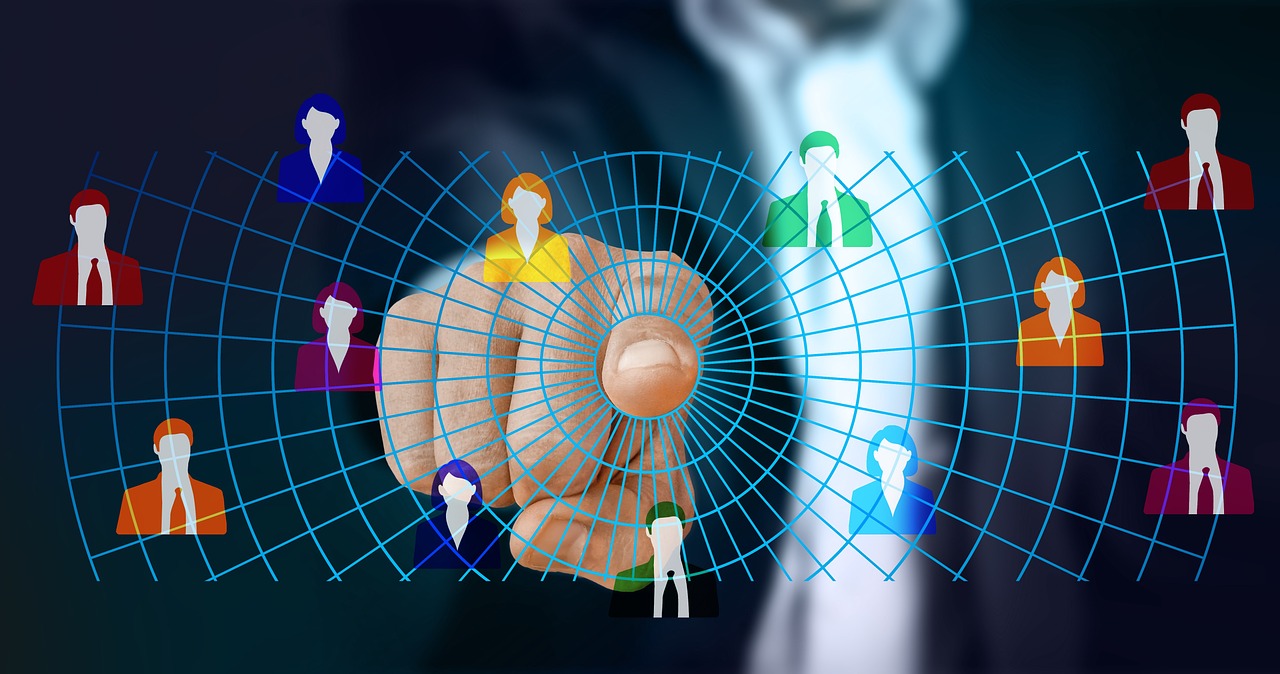The Rise of Quantum Robotics
Quantum robotics is an emerging field that combines principles of quantum mechanics with robotics technology to create machines with unprecedented capabilities. While traditional robotics relies on classical physics and algorithms, quantum robotics harnesses the strange and counterintuitive properties of quantum mechanics to push the boundaries of what robots can achieve.
One of the key concepts in quantum robotics is the use of qubits, the fundamental units of quantum information, as the building blocks of robotic systems. Qubits can exist in multiple states simultaneously, thanks to a phenomenon known as superposition, allowing quantum robots to perform multiple computations in parallel and process vast amounts of data more efficiently than classical computers.
Enhanced Sensing and Perception
Quantum robotics promises to revolutionize sensing and perception capabilities in robots. Quantum sensors, which exploit quantum phenomena such as entanglement and superposition, enable robots to perceive their environment with unprecedented precision and accuracy.
For example, quantum sensors can detect minute changes in magnetic fields, gravitational forces, and electromagnetic radiation, allowing robots to navigate complex environments, detect hidden objects, and perform delicate tasks with greater sensitivity and reliability.
Optimized Path Planning and Navigation
Quantum robotics also offers the potential for optimized path planning and navigation algorithms. Quantum computers can solve complex optimization problems, such as the traveling salesman problem, much faster than classical computers, enabling robots to find the most efficient routes and avoid obstacles in real-time.
Moreover, quantum algorithms for machine learning and reinforcement learning can enable robots to adapt to changing environments, learn from their experiences, and optimize their behavior over time, leading to more intelligent and autonomous robotic systems.
Secure Communication and Collaboration
Another promising application of quantum robotics is in secure communication and collaboration among robotic systems. Quantum cryptography techniques, such as quantum key distribution (QKD), enable robots to communicate with each other securely over long distances, protecting sensitive information from eavesdropping and interception.
Furthermore, quantum networks allow robots to share quantum states and perform distributed computations collaboratively, enabling more efficient and scalable robotic systems. By harnessing the power of quantum entanglement, robots can achieve unprecedented levels of coordination and cooperation, leading to more robust and versatile robotic swarms.
Quantum-Enhanced Manipulation and Control
Quantum mechanics also offers opportunities for enhancing manipulation and control capabilities in robots. Quantum algorithms can optimize control strategies for robotic actuators and manipulators, enabling robots to perform complex tasks with greater precision and dexterity.
Moreover, quantum sensors and actuators can enable robots to interact with the quantum world directly, opening up new possibilities for applications such as quantum metrology, quantum computing, and quantum simulations. By integrating quantum technologies into robotic systems, researchers hope to unlock new frontiers in science, engineering, and exploration.
FAQs
Q: What is quantum robotics?
A: Quantum robotics is an emerging field that combines principles of quantum mechanics with robotics technology to create machines with unprecedented capabilities. Quantum robots leverage the strange and counterintuitive properties of quantum mechanics, such as superposition and entanglement, to perform tasks more efficiently and effectively than classical robots.
Q: What are some applications of quantum robotics?
A: Some applications include enhanced sensing and perception, optimized path planning and navigation, secure communication and collaboration, and quantum-enhanced manipulation and control. Quantum robotics has the potential to revolutionize various industries, including healthcare, manufacturing, and space exploration.
Q: How does quantum robotics differ from classical robotics?
A: Quantum robotics differs from classical robotics in that it harnesses the principles of quantum mechanics to achieve unprecedented levels of performance and efficiency. Quantum robots can perform multiple computations in parallel, process vast amounts of data more quickly, and communicate securely over long distances using quantum cryptography techniques.
In conclusion, quantum robotics represents a paradigm shift in the field of robotics, offering the potential to create machines with capabilities far beyond those of classical robots. By harnessing the power of quantum mechanics, researchers hope to unlock new possibilities for exploration, discovery, and innovation in the realm of robotics.





